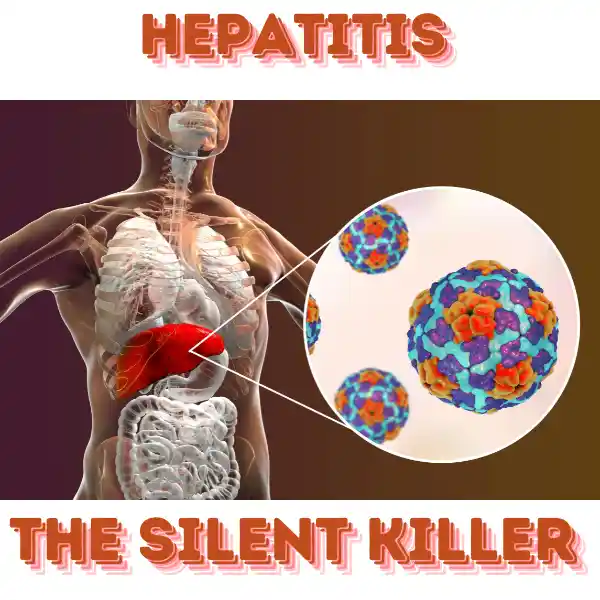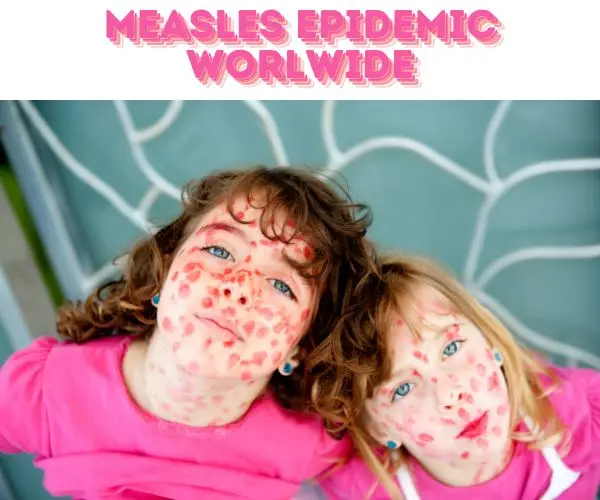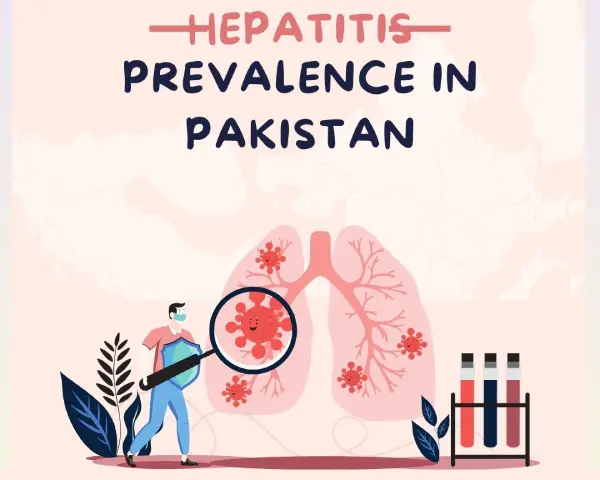The Silent Killer We Can’t Ignore in 2024
The World Health Organization (WHO) Global Hepatitis Report has revealed a staggering truth: Nigeria is among the top ten countries bearing the brunt of the global hepatitis burden. Every day, 3,500 people worldwide succumb to the B and C infections, with the WHO African Region accounting for a shocking 63 percent of new the B cases.
In Nigeria alone, over 20 million people live with cirrhosis B, C, or both. Yet, more than 80 percent of those affected remain unaware of their condition. This silent epidemic surpasses the combined mortality rates of HIV, TB, and malaria, yet it has remained largely unnoticed. Why has hepatitis not garnered the attention it deserves?
Is this a liver disease ;
Hepatitis is a liver inflammation caused by viruses or noninfectious agents. Types B and C cause chronic disease, leading to liver cirrhosis, cancer, and most cirrhosis-related deaths. Vaccination can prevent some types, and WHO aims to reduce new infections by 90% and deaths by 65% by 2030.
This an inflammation of the liver, and its variations—A, B, C, D, and E—differ significantly. While some strains can resolve on their own, others can lead to serious complications such as fibrosis (scarring), cirrhosis, or liver cancer if left untreated.
According to WHO, hepatitis A and E typically result from ingesting contaminated food or water. In contrast, jaundice B, C, and D often spread through parenteral contact with infected body fluids. Common transmission modes include contaminated blood transfusions, invasive medical procedures using unsterilized equipment, and for jaundice B, transmission from mother to child at birth, among family members, and through sexual contact.
Hepatitis types
- A: Typically caused by ingestion of contaminated food or water.
- B: Transmitted through infected body fluids, often leading to chronic disease.
- C: Similar transmission to the B, also often resulting in chronic disease.
- D: Requires hepatitis B for infection and is transmitted through infected body fluids.
- E: Typically caused by ingestion of contaminated food or water, similar to the A.
A Personal Account: Dr. Danjuma Adda’s Journey
To better understand the situation in Nigeria, I spoke with Dr. Danjuma Adda, a practicing medical professional and public health expert. His personal experience with jaundice B sheds light on the physical, emotional, and social challenges faced by those affected.
In 2004, Dr. Adda contracted viral B in a hospital setting while working on comorbidity clinical diagnostics. Despite the availability of post-exposure prophylaxis for HIV, none was offered for hepatitis B at the time. This gap in healthcare practices was starkly apparent to Dr. Adda.
Disclosing his status to his future wife was a daunting task in a community that was largely uninformed about this deadly viral infectious disease. However, with mutual courage and support, Dr. Adda and his wife managed the situation. A year after disclosing his status, his wife was vaccinated, and together, they have faced the burden along with their five children.
In 2007, Dr. Adda faced another tragic blow when his mother succumbed to liver cancer caused by the virus C. Despite being diagnosed years earlier, she had not received treatment, highlighting the critical gaps in healthcare.
Pakistan’s Battle Against the silent killer:
Nigeria is not alone in this fight. Pakistan is also grappling with a significant viral burden. The country has made strides in combating the disease, but challenges remain. Public awareness campaigns, improved healthcare practices, and increased access to diagnosis and treatment are crucial steps in eliminating the virus.
Within the region, Pakistan and Egypt bear 80% of the virus burden. In Pakistan, nearly 12 million people suffer from the B or C, with around 150,000 new cases each year. Many infections occur in healthcare settings, often without patients’ knowledge.
This silent epidemic underscores the urgent need for improved healthcare practices and public awareness to prevent and treat viral infection, reducing its impact on the population and saving countless lives.
A Major Health Concern in Pakistan
It remains a significant health issue in Pakistan, often termed a ‘silent killer’ because most patients remain asymptomatic and unaware of their illness until it advances. The burden of liver cancers and transplants has risen three-fold in the past 20 years due to chronic hepatitis going undetected. Pakistan bears the second-largest burden of hepatitis C globally, with a nationwide prevalence of 4.8%. From 2015 to 2019, there was a 5% increase in hepatitis C-related deaths and an 8% increase in hepatitis B-related deaths.
Transmission and Challenges
The transmission of liver virus in Pakistan has increased due to ignorance of sterilization techniques, sharing personal items, and unsafe healthcare practices. Hepatic infection B and C are often transmitted through vertical transmission to newborns, unscreened blood transfusions, and non-sterile medical procedures. Additionally, community exposures such as barbering, tattooing, and ear and nose piercing contribute to the spread.
Statistics and Healthcare System
Despite a national strategy for hepatic infection B immunization, only 77% of newborns received the full three-dose the B vaccines in 2020, falling short of the WHO objective of at least 90%. Screening and treatment services are often expensive and out of reach for at-risk and marginalized populations. As of June 2022, the provincial hepatic infection program catered to only 72,000 cases per year, far below the needed 200,000 annual treatments.
Economic Impact
The cost of hepatitis treatment and vaccination is a significant burden amidst Pakistan’s economic crisis. The healthcare system receives only 0.75% of Pakistan’s gross domestic product, making frequent public screening challenging. Antivirals for hepatitis C treatment should be available at a cheaper rate, and hepatitis B vaccination needs to be strongly encouraged to reduce the disease burden.
Recommendations and Future Strategies
To combat liver virus effectively, Pakistan can learn from the Egypt model by enhancing local production of antiviral drugs, negotiating low prices on testing kits, and making screening accessible to everyone. Collaboration between public, private, and non-profit organizations can secure internal and external funding for free hepatic viral infection treatment. Careful supervision of healthcare workers and the use of sterilized disposable instruments can reduce blood-borne transmission.
Awareness campaigns, education on preventive measures, and regular screening are crucial to reducing the prevalence of liver virus. The WHO’s Global Health Sector Strategy aims to decrease jaundice mortality by 65% and its incidence by 90% by 2030, requiring global political involvement, financial commitment, and assistance from pharmaceutical, medical, and civil communities.
Conclusion
Hepatitis is a significant challenge for Pakistan’s healthcare system and government. Strategic measures, increased awareness, and education can help control the disease and reduce its impact on the population.
Dr. Adda’s story underscores the urgent need for better healthcare practices and public awareness about hepatitis. Countries like Nigeria and Pakistan must intensify efforts to diagnose, treat, and educate the public to prevent further unnecessary deaths from this silent killer. By shining a light on hepatitis, we can hope to eliminate this devastating disease and save countless lives.







